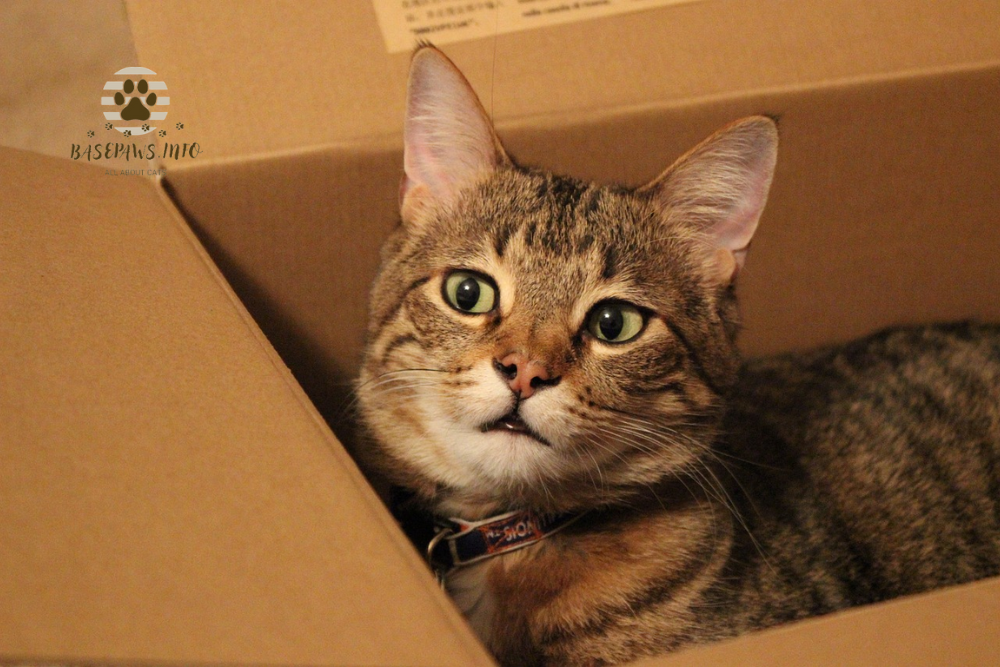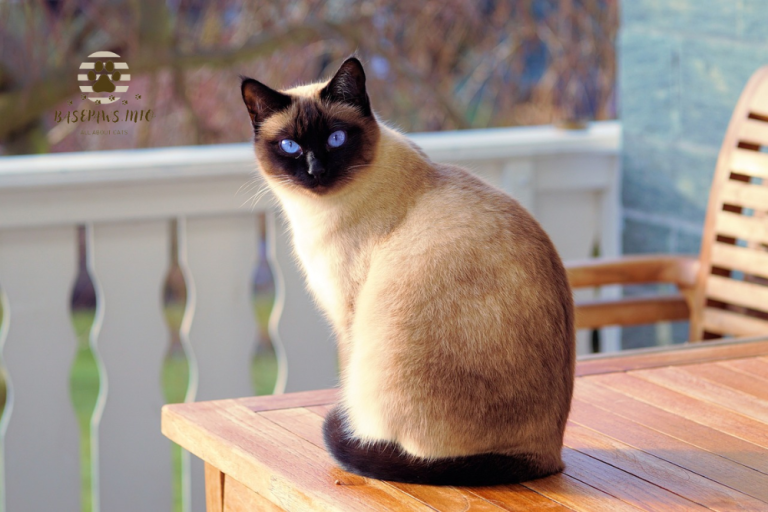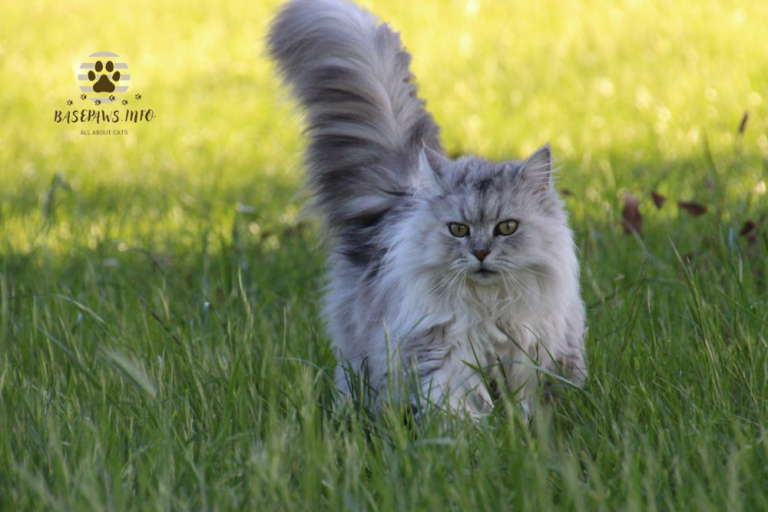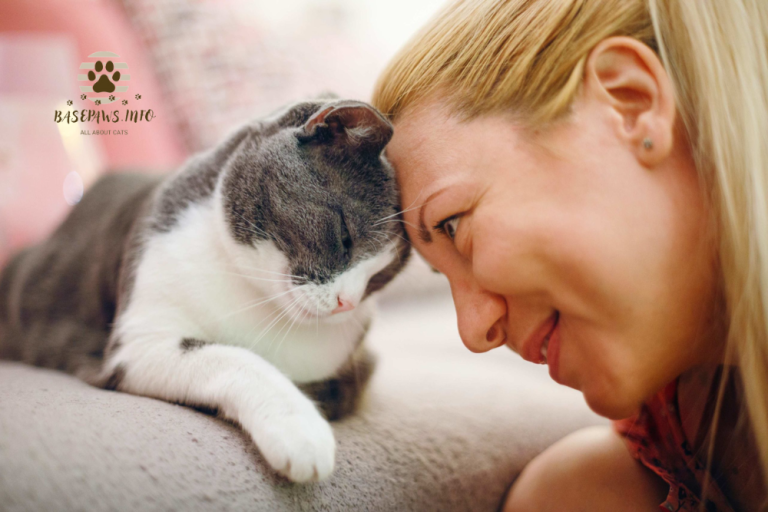Why Do Cats Like Boxes? Exploring Their Cozy Hideaways
If you’ve ever watched a cat crawl into a box, you might have wondered why they’re so obsessed with these cardboard containers. It can be puzzling for pet owners when their feline friends prefer a box over a cozy bed or a warm lap. Understanding this behavior is crucial not only for your cat’s happiness but also for your peace of mind. The good news? You can create an enriching environment for your cat by incorporating boxes into their playtime.
Boxes offer a solution to many problems that cats face, such as feeling exposed or anxious. When cats hide in boxes, they feel safe and secure, mimicking their natural instincts. This behavior can help alleviate stress and promote mental well-being, making boxes an essential addition to any cat-friendly home. By providing them with boxes, you can enhance their quality of life and reduce anxiety.
So, why do cats like boxes and what is it about boxes that captivate our furry friends? This article will explore the reasons behind their love for boxes, the psychology of cats, and how you can safely prepare boxes for them. Join us as we dive into the fascinating world of cats and their unique attachment to these simple yet comforting structures!
The Fascination with Boxes
Overview of Cats and Boxes
Cats have a long-standing relationship with boxes, making them a popular topic among pet owners and researchers alike. From tiny kittens to majestic adults, most cats are irresistibly drawn to any enclosed space. The allure of a box is not just for fun; it plays a vital role in their behavior and well-being.
Popularity of Cats-in-Boxes Memes
The internet is flooded with adorable memes and videos of cats fitting themselves into all kinds of boxes, no matter how small. These images capture the whimsical nature of cats and their playful spirit. Not only do these memes bring joy to cat lovers, but they also highlight a unique aspect of feline behavior that many people find relatable.
Why Do Cats Like Boxes?
Boxes Provide Safety and Security
Cats instinctively seek safe spaces. Boxes offer them a sense of security, as they can hide from potential threats while observing their surroundings. This behavior is reminiscent of their wild ancestors, who used similar hiding spots to avoid predators.
The Cozy Nature of Boxes
A box can feel like a cozy den for a cat. The confined space provides warmth and comfort, making it an ideal resting place. Many cats will curl up and take a nap in their box, enjoying the snug environment it creates.
Cats’ Instincts and Playfulness
Cats are natural hunters, and boxes serve as perfect hiding spots for them to stalk imaginary prey. This instinctual behavior encourages exercise and mental stimulation. Boxes can become their playgrounds, fueling their playful nature.
The Warmth and Comfort of Boxes
A box can retain a cat’s body heat, providing a warm and comfortable place to rest. Cats are known for seeking warmth, and a box can serve as a thermal refuge, especially in colder weather.
Scratching, Chewing, and Exploration
Cats also love to scratch and chew on boxes. This activity helps keep their claws healthy while satisfying their need to explore textures. Unpacking a box or tearing it apart can be a delightful challenge for a curious cat.
Boxes as Hiding Spots and Personal Kingdoms
For many cats, a box becomes a personal kingdom where they can retreat and feel safe. These hideouts allow them to observe their environment from a distance. Having a safe space boosts their confidence and helps them feel more secure in their territory.
Boxes and Stress Relief
Research has shown that having access to boxes can reduce stress in cats. Studies indicate that shelter cats given boxes showed lower stress levels compared to those without. Providing your cat with a box can be a simple way to enhance their overall well-being.
Understanding Cats’ Attraction to Squares
Attraction to Squares and Tape Marks
It’s not just boxes; cats are also drawn to squares. Many cat owners have noticed their pets claiming squares made of tape on the floor. These designated spots can mimic the feeling of being enclosed, which makes them attractive to cats.
The Placebo Effect of Virtual Boxes
Interestingly, cats may experience a placebo effect when they see a square. Even if it’s just an illusion, they may feel a sense of security from the boundaries created by the square, similar to how they feel in a real box.
Research on Illusory Squares
Recent studies have shown that cats can be just as content sitting in illusory squares as they are in real ones. This research expands our understanding of feline cognition and highlights the unique ways cats perceive their environment.
The Challenges of Cat Studies
Difficulties in Researching Cat Behavior
Studying cat behavior can be challenging. Unlike dogs, cats can be less responsive to commands and more prone to wander off. This makes it difficult for researchers to gather consistent data on their behaviors.
The Importance of Natural Settings for Study
To get more accurate results, researchers are exploring the importance of observing cats in their natural settings. This approach helps capture genuine behavior without the stress of being in a lab environment.
If I Fits I Sits: A Citizen Science Investigation
Overview of the Study
One notable study, “If I Fits I Sits,” involved cat owners testing their pets’ responses to various shapes. This citizen science approach allowed researchers to gather data from real-life scenarios rather than controlled lab conditions.
The Kanisza Square Illusion Experiment
In the study, cat owners created both real and illusory squares for their cats to sit in. Researchers found that cats were just as likely to choose the illusory squares as they were the real ones, showcasing their susceptibility to visual illusions.
Implications for Understanding Cat Cognition
These findings shed light on how cats perceive their environment. Understanding their behavior and cognition can help pet owners create a more enriching home environment for their feline friends.
How to Safely Prepare a Box for Your Cat
Removing Hazards from Boxes
When providing boxes for your cat, ensure that they are safe and free from hazards. Remove any staples, tape, or sharp edges that could harm your pet.
Safety Tips to Keep in Mind
- Choose sturdy boxes: Ensure the box can support your cat’s weight.
- Monitor playtime: Supervise your cat when they’re playing with boxes to prevent accidents.
- Limit box time: Encourage breaks to avoid overexcitement or stress.
Preventing Accidental Entrapment
Always check that your cat can exit the box easily. If you’re using larger boxes, ensure they can’t become trapped inside.
Additional Questions
Why Do Cats Like Paper?
Cats are often drawn to the texture and sound of paper. The crinkling noise can stimulate their curiosity and playful instincts.
Why Do Cats Like Plastic Bags?
Plastic bags can be enticing for cats due to their crinkly texture and the potential for hiding. However, it’s important to supervise their play with plastic to avoid choking hazards.
Conclusion
Cats have a deep-seated fascination with boxes for various reasons, including safety, comfort, and natural instincts. Providing boxes can enhance their well-being and reduce stress. From napping to playing, boxes offer a multifaceted appeal that caters to a cat’s instincts. They serve as safe spaces, hunting grounds, and cozy retreats.
Incorporating boxes into your cat’s environment is a simple yet effective way to enrich their life. By understanding their love for boxes, you can create a more fulfilling and safe space for your feline companion.







